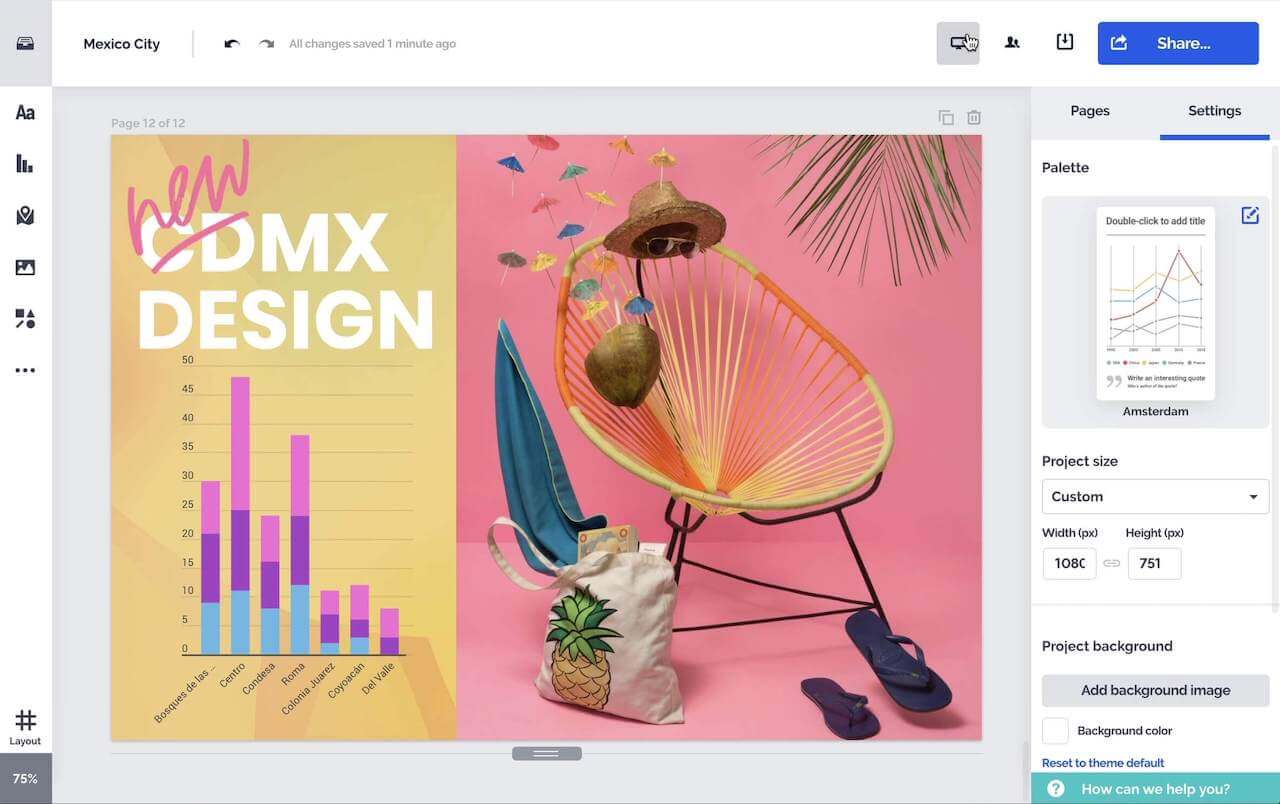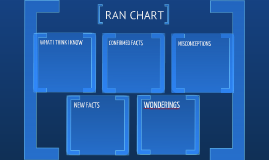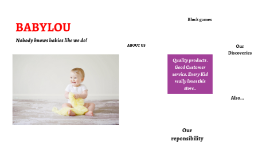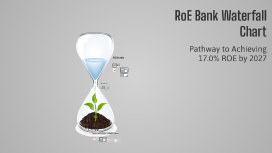Organizational Chart Template
Transcript: Clarifies Roles and Responsibilities Organizational charts provide a clear depiction of each role within the organization, allowing employees to understand their responsibilities and who they report to. This clarity helps prevent confusion and overlapping duties. Enhances Communication and Collaboration Importance of Organizational Charts By visually mapping out the hierarchy and relationships within a team, organizational charts facilitate better communication among departments, leading to more efficient workflows and collaboration. Identifies Gaps in Structure Organizational charts can reveal gaps or redundancies in the structure, allowing management to make informed decisions about staffing and resource allocation. This proactive approach can lead to improved efficiency. Understanding Organizational Charts An organizational chart serves as a graphical illustration that details an organization's internal framework. It effectively delineates various roles, establishes clear responsibilities, and highlights the interconnections among team members, thereby enhancing transparency and communication within the organization. Organizational Chart Template Job Titles Reporting Relationships Job titles represent the specific roles of individuals within the organization, clarifying their responsibilities and authority levels. Reporting relationships outline the chain of command, illustrating who reports to whom and ensuring accountability within the organization. A comprehensive guide to creating effective organizational charts. Types of Organizational Charts Understanding the various structures that organizations can adopt for effective management. Define the Purpose Begin by identifying the specific purpose of your organizational chart, whether it's for internal clarity, onboarding, or strategic planning. This will guide your design and content. Gather Information Collect detailed information on each role within the organization, including job titles, responsibilities, and reporting relationships. This step ensures accuracy and completeness in your chart. Hierarchical Flat Matrix Creating an Organizational Chart: Step-by-Step Guide Select a Layout Choose a layout that effectively presents the information. Popular layouts include hierarchical, matrix, and flat structures, each serving different organizational needs. Flat organizational charts promote a collaborative work environment with fewer levels of management, facilitating open communication among all employees. This type presents a traditional, top-down approach, featuring clear lines of authority and responsibility within the organization. Matrix organizational charts illustrate dual reporting relationships, allowing for more flexibility and collaboration across departments. Review and Revise After creating the chart, review it for accuracy and clarity. Involve stakeholders to validate the roles and relationships depicted, and make necessary revisions before finalizing. The Significance of Organizational Charts Best Practices for Designing Organizational Charts Organizational charts are fundamental in illustrating the hierarchy and structure within an organization, promoting clarity and enhancing communication. They enable everyone in the organization to understand their roles and responsibilities, thereby fostering collaboration and efficiency. To create effective organizational charts, prioritize clarity and simplicity. Employ standard symbols and a consistent color scheme to differentiate roles and departments. Regularly update the chart to reflect organizational changes and ensure it remains a relevant resource for all team members. Microsoft Visio: Advanced Features Lucidchart: User-Friendly Design Microsoft Visio is a powerful tool designed for creating complex organizational charts with advanced features such as templates, customizable shapes, and integration with other Microsoft Office applications. Lucidchart, on the other hand, is a cloud-based tool that offers an intuitive interface, allowing users to create organizational charts quickly. It supports real-time collaboration and is accessible from any device with internet access. Case Studies: Effective Use of Organizational Charts Examining real-world examples of how organizations leverage charts to enhance their operations. Company A Streamlined communication by clarifying reporting lines, resulting in faster decision-making and reduced confusion around responsibilities.

















